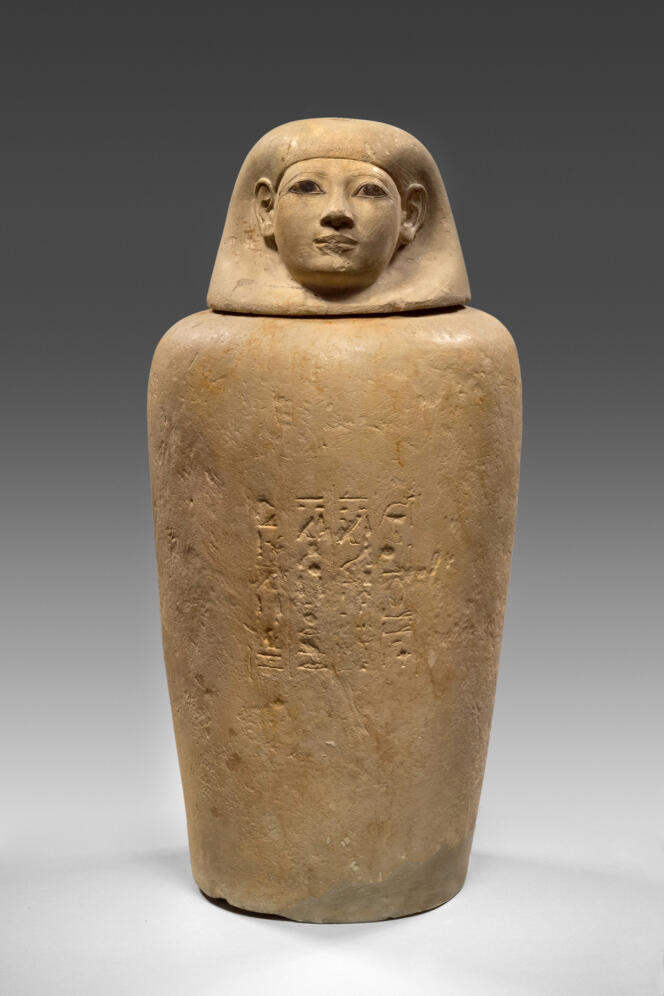


Back in the time of the 18th dynasty of Egypt, on the banks of the Nile, lived Senetnay. She was to become "she who fed the flesh of the god": Nursemaid to a baby who would later ascend the Egyptian throne as Amenhotep II. The pharaoh must have been truly grateful, for Senetnay was treated with the utmost care after her death: Not only was she buried in the Valley of the Kings, but, as revealed by an international study published on Thursday, August 31, in Scientific Reports, the remains of the royal wet nurse were embalmed to a high standard.
However, the remains in question no longer exist. The authors of this multi-disciplinary study, which combines archaeology, chemistry, and botany, only examined two of the four canopic jars in which Senetnay's viscera (liver, lungs, stomach, intestines) were stored by the embalmers during the mummification of her body. These limestone jars were removed in 1900 from "Tomb Kings Valley 42" in the Valley of the Kings by the British explorer Howard Carter, who 22 years later was to discover the amazing untouched tomb of Tutankhamun. Kept in the August-Kestner museum in Hanover (Germany), the two jars analyzed by the researchers contained Senetnay's lungs and liver. A third jar can be found at the Egyptian museum in Cairo and the fourth has disappeared from circulation.
How did the scientists go about this? "The first step," explained Thibaut Devièse, senior lecturer at Aix-Marseille University and co-author of the study, "was to use a scalpel to remove residue from the surface of the items." Six samples were taken from the bottom and sides of the jars. The researchers then used solvents to extract various chemical compounds from the Egyptian balsams, which then had to be identified using several techniques.
The difficulty lies in the fact that, while some molecules can be preserved over millennia, others are altered and only the product of this degradation is found. "We need to successfully reconnect the molecules identified to the original materials," explained Thibaut Devièse. It is like tracing the family tree of these molecules. This research involved a great deal of work upstream. "Natural reference substances are artificially aged in the laboratory, for example by heating them or placing them under UV lamps," added the chemist. "This enables us to see the reaction patterns and tells us that a specific molecule is the result of another's degradation."
As a result, the ingredients used by the embalmer to preserve Senetnay's organs are some of the richest of all those known for this period. A mixture of animal fats and vegetable oils, bitumen, beeswax, substances from conifers, aromatic plants, and a final component, which is either pistachio resin or dammar, a resin from trees found only in Southeast Asia! In both cases, imported products, like bitumen and conifers. The researchers were also surprised to find larixol, a molecule suggesting the presence of larch resin, a tree now found only in the Alps and Eastern Europe.
You have 19.51% of this article left to read. The rest is for subscribers only.
